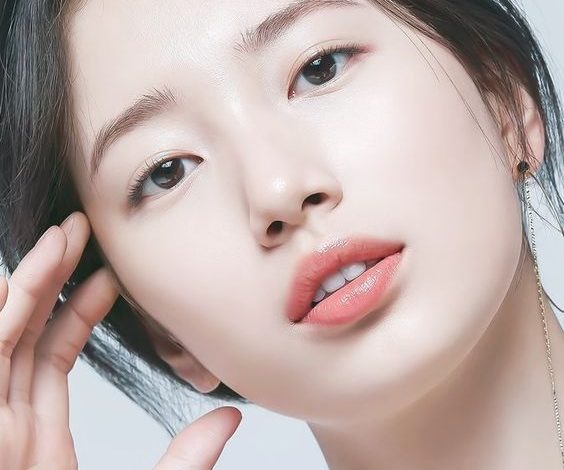Take expert advice before dermaplaning

Beauty basics with SHAHNAZ HUSAIN
 Dermaplaning is the latest way women are exfoliating their faces. It is nothing but shaving the face with a surgical blade that removes the top layers of the skin. This treatment helps in removing dead skin cells resulting in ultra-smooth, fresh and brighter skin. Taking off the top layer of dead skin cells helps decrease fine lines and wrinkles and prevents acne.
Dermaplaning is the latest way women are exfoliating their faces. It is nothing but shaving the face with a surgical blade that removes the top layers of the skin. This treatment helps in removing dead skin cells resulting in ultra-smooth, fresh and brighter skin. Taking off the top layer of dead skin cells helps decrease fine lines and wrinkles and prevents acne.
Exfoliation of the skin is done with scrubs or cleansing grains, which have an abrasive effect when applied and rubbed on the skin. In certain methods, rotating brushes are used on the skin to remove build-up on the skin and dead cells. In dermaplaning, however, a scalpel is used to scrape the skin. The procedure removes the dead epithelial layer on the top of the skin. Along with it, the light facial hair or fuzz is also removed.
According to dermaplaning experts, it suits all skin types and is particularly suited to skin that has suffered damage, like acne scars. However, if you have acne or rashes, it is better not to go for dermaplaning and wait for the condition to subside. Some doubts have been expressed regarding dermaplaning. The increase of facial hair after dermaplaning is another worry. Also, soon after such procedures, it is better to protect the skin from sun-exposure.
There are treatments with chemical exfoliants too. In some cases, AHA or alpha hydroxyl acids are used for peeling. These are obtained mainly from fruit acids. Similarly, there are glycolic peels and others. But chemical peels can have risks. That is why vegetable peeling is advisable to minimise skin damage.
Many of the natural extracts actually benefit the skin. In vegetable peeling, plant extracts are used along with certain procedures to dermabrase the skin. This is done by rubbing the skin gently. The effect is both gentle and safe on the skin. Vegetable peeling is a clinical procedure and professional training is essential to carry out the treatments. Several sittings are required and the number of sittings depends on the extent or kind of scarring.
According to those who support dermaplaning, the procedure does not take much time and the effect lasts longer than other methods. After dermaplaning, the skin’s absorption ability improves and skin care products are better absorbed. They, however, advise that after dermaplaning, the skin should be protected from sun-exposure by applying sunscreen.
There is also a word of warning. Do not try it at home. Find a reputed clinic and speak to those who have had it done before trying it. The results might not be as long-lasting as other hair-removal methods, such as waxing, as the hair is not removed from the root. Women with active and cystic acne, open sores, inflammatory skin conditions, such as eczema or psoriasis, should avoid this type of hair removal as it can cause further irritation. It is also contraindicated for women with hirsutism, a condition of excessive male-pattern hair growth in women.




